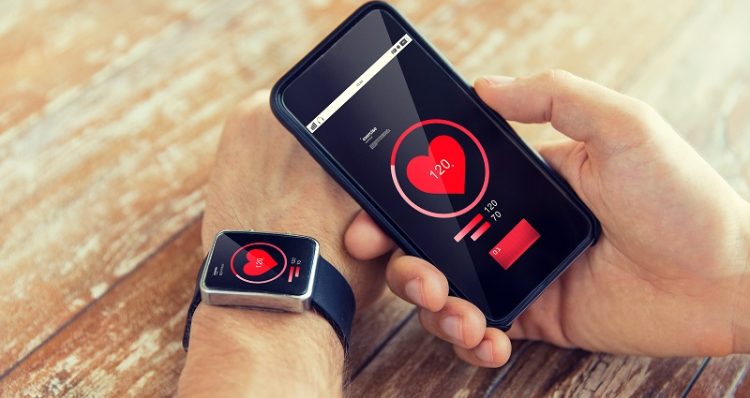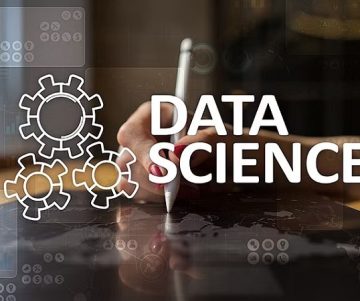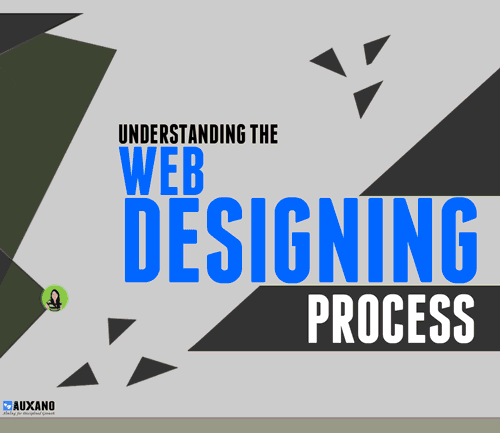
Unlocking the Potential: Exploring Healthcare IoT Components
admin | January 18, 2024 | 0 | TechnologyInnovative technology are transforming healthcare. The Internet of Things (IoT) has transformed healthcare delivery and experience. IoT in healthcare connects devices, sensors, and systems to gather, transmit, and analyse data for more efficient, tailored, and patient-centric treatment. The healthcare IoT ecosystem will be examined in this essay.
Wearable Devices and Remote Patient Monitoring
A key aspect of iot in healthcare is the use of wearable devices with sensors for remote patient monitoring. Patients use these devices to monitor vital signs, exercise, and other health data in real time. Healthcare providers receive this data for remote patient monitoring. Wearable gadgets like smart watches that track heart rate and sleep and glucose patches empower patients and healthcare professionals to monitor their health outside of the clinic.
Smart Medical Devices
In addition to wearable, IoT has enabled smart medical devices that improve diagnosis, treatment, and management of numerous illnesses. Smart inhalers for respiratory diseases, connected insulin pens for diabetes, and intelligent pill dispensers help patients take their medications. These technologies increase data gathering accuracy and help healthcare providers make real-time choices.
Healthcare Facility Connectivity
The IoT ecosystem includes healthcare facility infrastructure. Smart hospitals improve patient care and efficiency with IoT. Smart beds and connected imaging devices improve processes and patient experiences. In asset management, IoT ensures medical equipment is used, maintained, and located when needed.
Healthcare Information Systems
Integration with electronic health records (EHRs) and other healthcare information systems is crucial for the success of IoT in healthcare. These systems and IoT devices seamlessly communicate data to provide a complete health history. This integration improves care coordination, lowers errors, and improves healthcare quality.
Data Analytics and Artificial Intelligence (AI)
The large amount of data generated by IoT devices in healthcare requires advanced analytics and AI solutions. These tools make sense of massive datasets, providing decision-making insights. Predictive analytics can diagnose health issues early and enable proactive treatment. Additionally, machine learning algorithms can examine patient data trends to personalize treatment programs and improve healthcare outcomes.
Security and Privacy Measures
Ensuring the security and privacy of sensitive patient data is crucial as the healthcare industry adopts IoT. Healthcare IoT security requires strong encryption, authentication, and access controls. Protecting patient data and preserving healthcare system confidence requires compliance with regulatory frameworks like HIPAA in the US.
Telehealth and Remote Consultations
The integration of IoT in healthcare has led to the emergence of telehealth and remote consultations. Patients can meet with doctors virtually via connected devices. This is useful for distant residents, mobility-challenged people, and global health crises.
IoT in Chronic Disease Management
IoT applications can considerably improve the management of chronic diseases like diabetes, cardiovascular problems, and respiratory ailments. IoT monitoring enables proactive management, early identification of issues, and prompt treatment. Chronic disease patients can receive real-time feedback and change their lifestyle or medicine.
Conclusion
The IoT revolution in healthcare is changing how we deliver medical services. From wearable gadgets to smart medical equipment, interconnected facilities, and advanced data analytics, IoT in healthcare creates an ecosystem to improve patient outcomes and healthcare efficiency. Since technology is still developing, IoT in healthcare has the potential to make personalized, data-driven care the norm. Responsible adoption of these advancements, with an emphasis on security and privacy, will make healthcare more accessible, efficient, and patient-centric.

